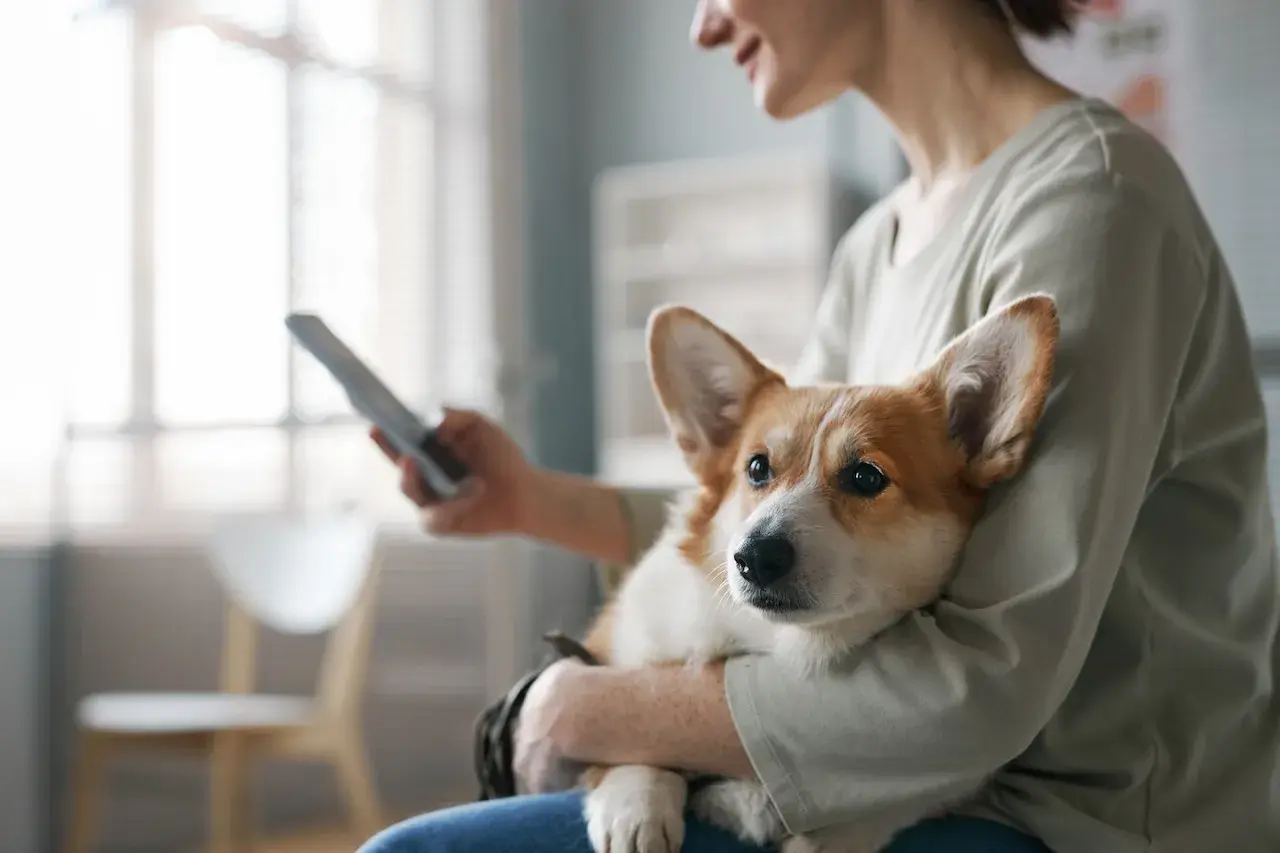How can I get my dog’s chip number?
The microchip number is unique to each dog and is linked to the Spanish Pet Identification Network (REIAC)database, to make it easier to identify. When a vet implants a microchip in a dog, a record is made of the unique number associated with the animal and the owner’s details, such as name, address, telephone number and ID number, along with information about the animal: name, age, breed and health card or passport number. These data are registered in the database of the corresponding Autonomous Community so the owner can be located in the event of loss by means of a microchip reader that vets, the police and the Civil Guard have.
If you don’t remember the number or need to check it, here are the ways to do it:


